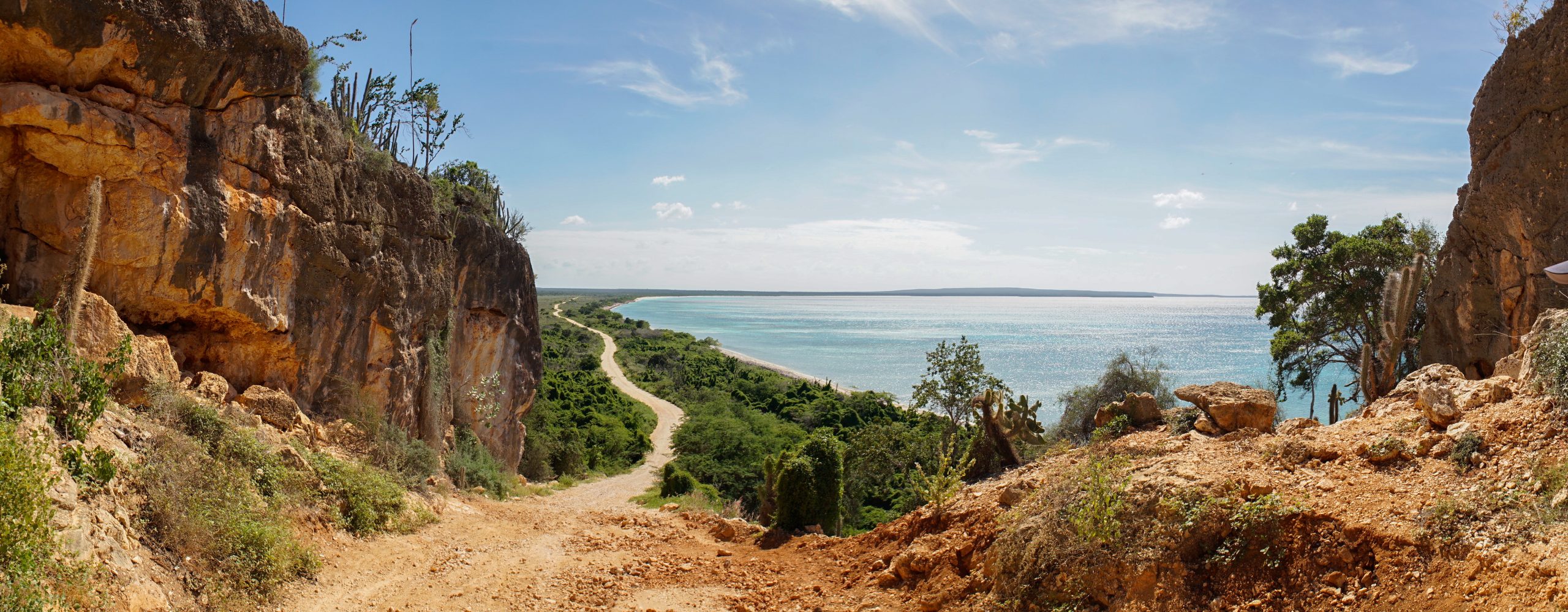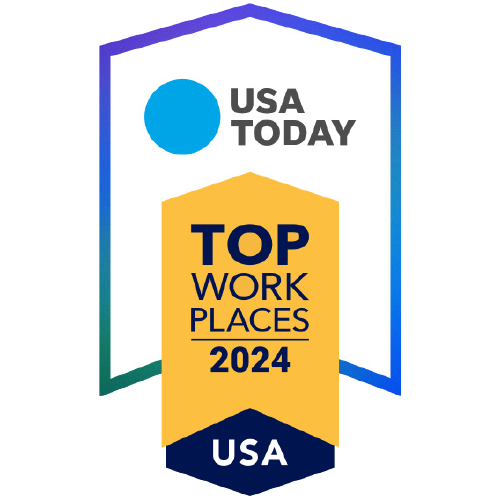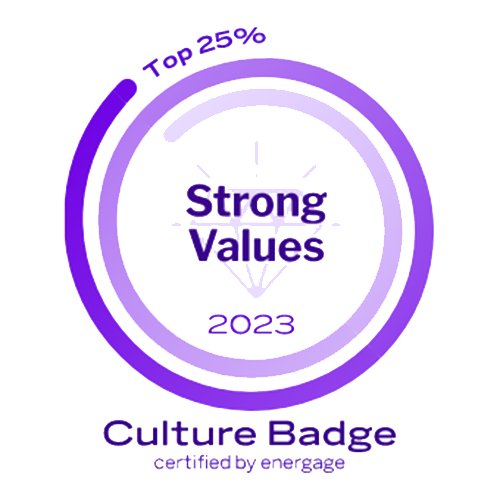Roughly three years after the pandemic all but halted travel plans, the chips have fallen and new working dynamics have effectively begun to settle. Today, workforces are increasingly hybrid or remote—ushering in a renewed interest in incentive travel as concerns and restrictions related to COVID have eased.
Incentive travel isn’t just a nice reward for your top employees, it’s a way to connect. Speaking to this sentiment, the 2022 Incentive Travel Index reported that 91% of travel industry professionals surveyed agreed that due to dispersed workforces, incentive travel will have an important role building engagement within the company. And yet, the ongoing pandemic has also played a heavy role in what the new incentive dynamic looks like for the coming year.
As 2023 nears, here are five incentive travel trends you can expect to see in the new year:
1. Travel is a Way to Encourage Connections
One of the most important lessons we learned coming out of the pandemic is how essential in-person connections are to people. Forecasts predicted that hybrid was the future of events—and it definitely has a place in today’s world. But when people could reconvene once again, many still had an innate desire to be physically present when networking or attending an event. Knowing all this, it’s no surprise that dwindling workplace relationships has made work-related travel an impactful option for employees to connect with one another—especially with businesses struggling to retain talent. According to the Incentive Travel Index, 72% of respondents ranked relationship building as the most important part of a successful incentive program.
2. Experiences Need to be Authentic While Allowing for Downtime
During a roundtable discussion that involved industry professionals, the Incentive Research Foundation (IRF) found in their report, Decision Drivers 2022: Elevating the Experience, that there’s been a shift in the way that incentive travel participants want to spend their trip. These travel nuances included more immersive experiences in the local culture and environment, adventure, and more downtime to pursue wellness activities, including time to just relax. The IRF reported in Incentive Travel Destination Preferences & Their Impact on Motivation that while visiting a wellness spa ranked near the bottom in 2021, it had moved up in rankings and is now the fourth preferred experience. The same report found that 89% of respondents chose having time to relax as the most important part of an incentive trip.
3. Budgets Will Play a Large Role in Size & Experiential Focus
With rising costs on just about everything, inflation, and employee retention issues, many incentive trip programs will need to be designed around a budget. In fact, the Travel Index reported that 80% of respondents cited rising costs and inflation as a future challenge facing incentive travel professionals. This may mean that the pool of people winning incentive trips might be smaller. Or, you may be looking at reducing the number of activities participants can partake in, which complements the reported desire for more downtime during the trip. The IRF found that travel by air, room rates, food and beverage minimums, and gifts were all ways corporate travel planners may be looking to cut back on costs. On the flip side of this, with employers saving money on building costs because of increased remote workforces, they may be looking to spend more on incentive travel to boost employee loyalty and engagement.
4. Destinations are Closer to Home
While the IRF’s survey found that 67% of respondents want to go someplace they’ve never gone before, that doesn’t mean it has to be far. Beaches, adventure travel, and the mountains ranked as the top three types of places participants want to travel, but they want them to be in North America (or adjacent), with Hawaii being the No. 1 destination, followed by the Caribbean and the Western U.S. Reasons for this? Flying today has challenges. Direct flights are becoming more desirable than ever before, making it necessary to stay closer to home. Skift Meetings’ Designing for Connection report noted as a direct result of the pandemic, there’s also been a trend of participants not realizing they haven’t updated their travel documents—which can upend any attempt at traveling out of the country.
5. Sustainable Practices are Important
While there’s not necessarily a large upward trend, practicing sustainability in events and travel continues to be important to participants, particularly since the pandemic, according to the Skift Meetings report. Traveling and participating in experiences that promote sustainability whether it’s the food they’re eating or their destination hotel’s Leadership in Energy and Environmental Design (LEED) rating provides a more meaningful experience to attendees. Highlighting the significance of aligning the travel industry with sustainable practices, in July, the U.S. Travel Association announced it was launching a Sustainable Travel Coalition to bring together the transportation, technology, and travel sectors in developing and advancing strategies promoting sustainability in the travel industry. Celebrity Cruises advises incentive planners to look for travel providers that partner with environmental and humanitarian organizations.
Planning your next incentive trip? Make sure to follow the Top Incentive Trip Design Best Practices.











